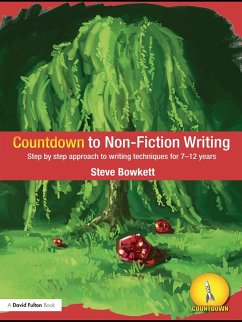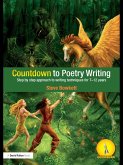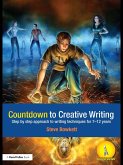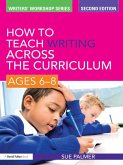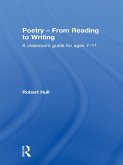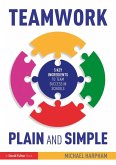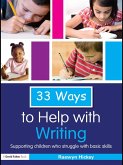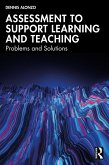Countdown to Non-Fiction Writing is a comprehensive and flexible resource which you can use in different ways. It includes:
- 37 stand-alone modules which cover all aspects of writing and understanding non-fiction texts, including the nature of language, logical thinking, recognising 'facts' and planning;
- A countdown flowchart provides an overview, showing how modules are linked and allowing teachers and pupils to track their progress;
- Photocopiable activity sheets for each module that show how to make decisions and solve problems which writers face on the journey to a finished piece of work;
- Teachers' notes for each module with tips and guidance, including how modules can be used in the classroom, links to other modules and curriculum links, and advice on helping and guiding pupils in their writing;
- A self-study component so pupils can make their own progress through the material. This option gives young writers a sense of independence in thinking about their work and through offering a scaffolding of tasks, encourages confident and effective writing;
- 'Headers' for each module showing where along the 'countdown path' you are at that point;
- Contents page for quick access to particular modules and relevant aspects of writing.
In short, Countdown to Non-Fiction Writing saves valuable planning time and gives you all the flexibility you need in helping pupils to prepare for, understand, and write non-fiction. The structure of the book allows teachers to utilise the modules for 'self-study', as a longer programme following the 'countdown' structure, or to dip into the book for individual lesson activities and ideas to fit in with wider programmes of study.
Dieser Download kann aus rechtlichen Gründen nur mit Rechnungsadresse in A, B, BG, CY, CZ, D, DK, EW, E, FIN, F, GR, HR, H, IRL, I, LT, L, LR, M, NL, PL, P, R, S, SLO, SK ausgeliefert werden.

